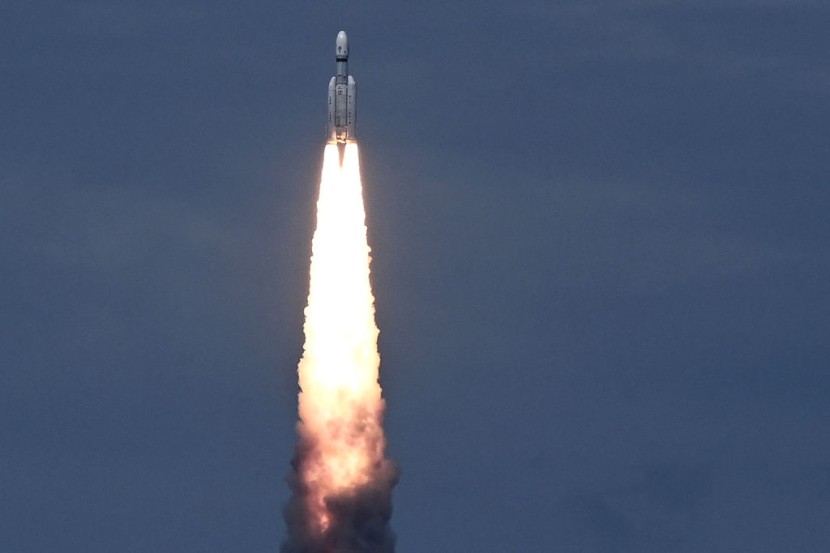
India is setting its sights on the sun in a new mission to observe our star only days after the South Asian country became the first to land a spacecraft on the unexplored south pole of the moon.
The announcement was made on X, formerly known as Twitter, and involves the use of Aditya-L1, which is India's first space-based solar probe. It would be tasked with studying solar winds that could cause disturbance on our planet, which are commonly referred to as "auroras."
India's New Space Mission
The spacecraft was named after the Hindi word for the sun and is set to be launched from India's main spaceport located in Sriharikota using the heavy-duty launch vehicle, the PSLV. It would travel roughly 1.5 million kilometers, said the agency.
In a social media post, the Indian Space Research Organization (ISRO) said that the total estimated travel time from launch to L-1 (Lagrange point) would be roughly four months for the spacecraft, per Reuters.
The Indian government has sanctioned roughly $46 million for the mission in 2019. However, the ISRO has not provided an official update on the costs of the mission, and it did not immediately respond to a call seeking comment regarding the situation.
The announcement comes after India received praise and gained a reputation after successful space launches that cost significantly less than other nations' missions. The recent moon landing mission had a budget of roughly $75 million, less than what Hollywood spent to make the space thriller "Gravity."
The point where the spacecraft will end up after four months, the Lagrange point, is a position in space where the gravitational forces of two large masses produce what scientists call "enhanced regions of attraction and repulsion." The resulting force can be used to maintain position and reduce fuel consumption and is like a parking spot for spacecraft.
Observing the Sun
The ISRO's report noted that the launch of the new mission will mark the country's first space-based observatory to study our solar system's star. According to CNBC, officials added that it will provide a major advantage of continuously monitoring the sun without any occultation or eclipses.
While the latest mission is the first attempt for India, other nations have successfully placed orbiters in an attempt to study the sun. In 2021, NASA's Parker Solar Probe was sent to the star's corona to sample particles and magnetic fields. On the other hand, the European Space Agency's Solar Orbiter was launched in 2020.
The spacecraft will also carry seven payloads to observe our star's outermost layers, known as the photosphere and chromosphere, including electromagnetic and particle field detectors.
Chandrayaan-3, the unmanned Indian spacecraft that landed on the moon's south pole, made the country the fourth to touch down on the lunar surface, following the United States, Russia, and China.
Experts believe India can keep space mission costs relatively low by copying and adapting existing technology. They also see the country as having an abundance of highly skilled engineers who earn a fraction of the salary of their international counterparts, said Aljazeera.








